Water Quality Monitoring
Water quality monitoring for the 2024 season began on May 20, 2024. Should a Town waterbody fail to achieve an acceptable result, advisories will be posted below via a Town of Barnstable Water Quality Report as well as shared on the MyBarnstable mobile app, via social media, and posted at the waterbody site.
Town of Barnstable Water Quality Reports
October 17, 2024 | Cyanobacteria Updates-Ponds and Lakes
As of Thursday, October 17, 2024 at 10:00 AM, the following water quality alerts have been issued: The Pet Advisory at Parker Pond, Osterville, has been removed as a result of acceptable water testing results. A Pet Advisory remains in place at Schoolhouse Pond,...
September 24, 2024 | Cyanobacteria Updates – Ponds and Lakes
As of Tuesday, September 24, 2024 at 4:00 PM, the following water quality alerts have been issued: The Pet Advisory at Shubael Pond, Marstons Mills has been removed as the result of acceptable water testing results. The Public Health Advisory at Lake Wequaquet,...
September 17, 2024 | Cyanobacteria Updates – Ponds & Lakes
As of Tuesday, September 17, 2024 at 3:30PM, the following water quality alerts have been issued: A new Pet Advisory will be posted at Shubael Pond, Marstons Mills due to significant cyanobacteria levels in water samples. A Pet Advisory remains in place at Schoolhouse...
Cyanobacteria Monitoring Map
Understanding the Problem
When a dramatic increase in a cyanobacteria population occurs, this is called harmful algal blooms (HABs). This often results in the waterbody turning bright green or blue-green, and forms a surface scum or a discoloration of the water column. CyanoHABs may also form a mat on the bottom sediments, making it more difficult to observe. The surface scums or discolored waters can extend several inches below the water surface, or accumulate near shorelines and in coves as a result of onshore wind activity. They often look like pea soup or spilled, blue or green paint; however, the color can also vary. CyanoHABs can cause dissolved oxygen swings that may result in plant and animal die-off, taste and odor issues, and can cause potential public health issues from the cyanotoxins they may release.
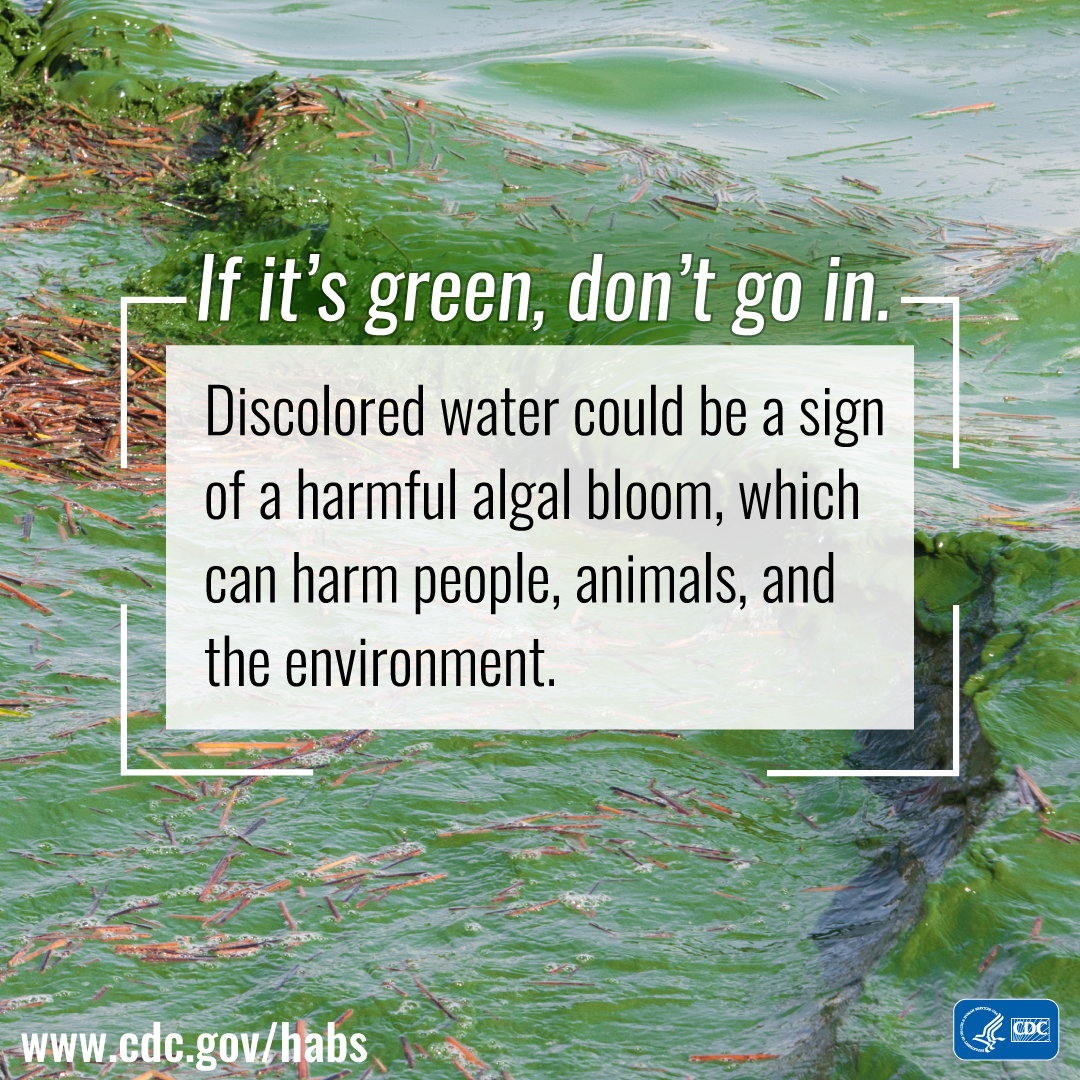
Cyanobacteria on Cape Cod
Protect Yourself and Your Pets
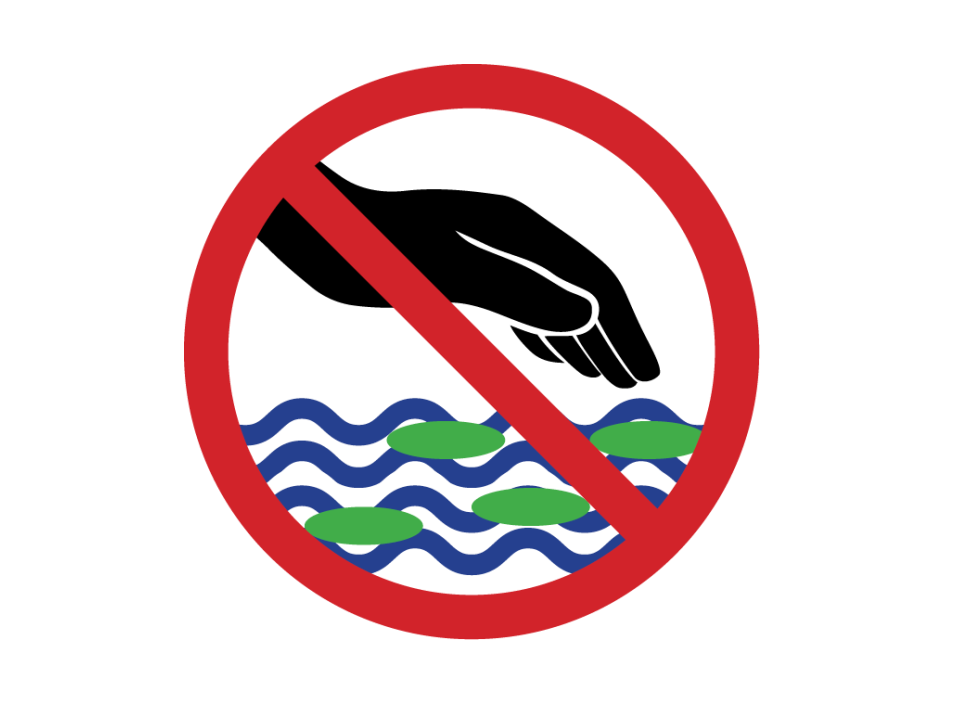
Algae Contact
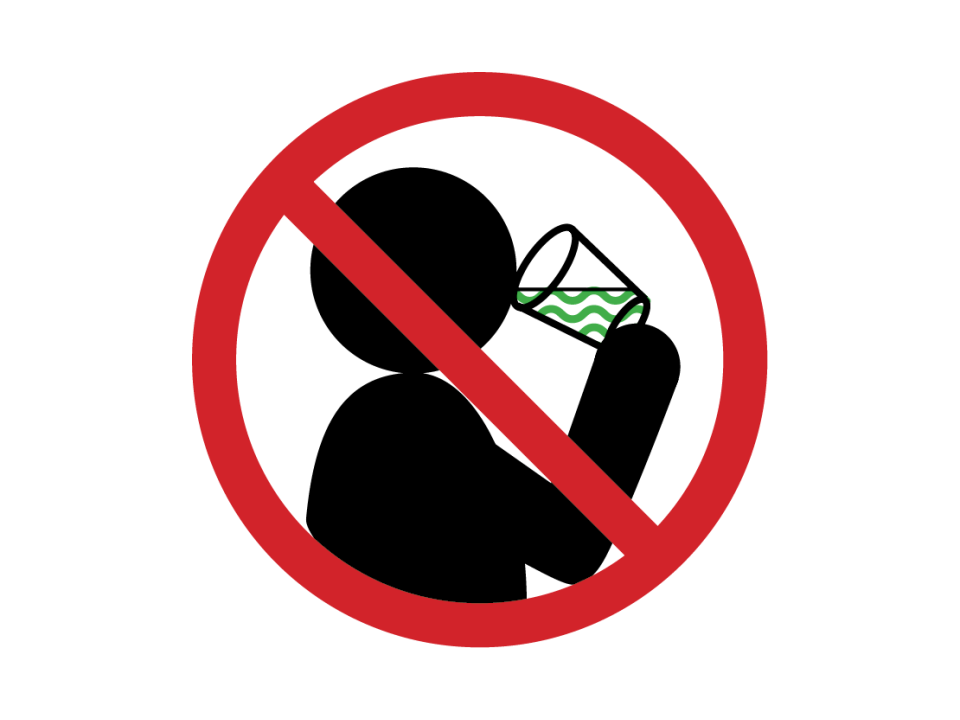
Do Not Drink
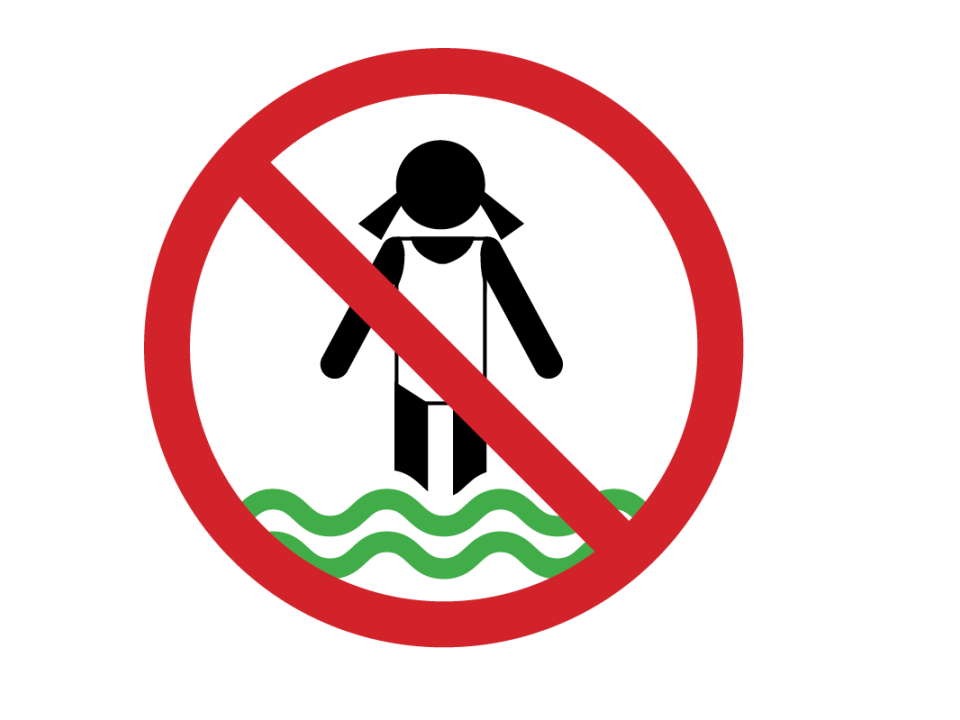
Children
Stay Out
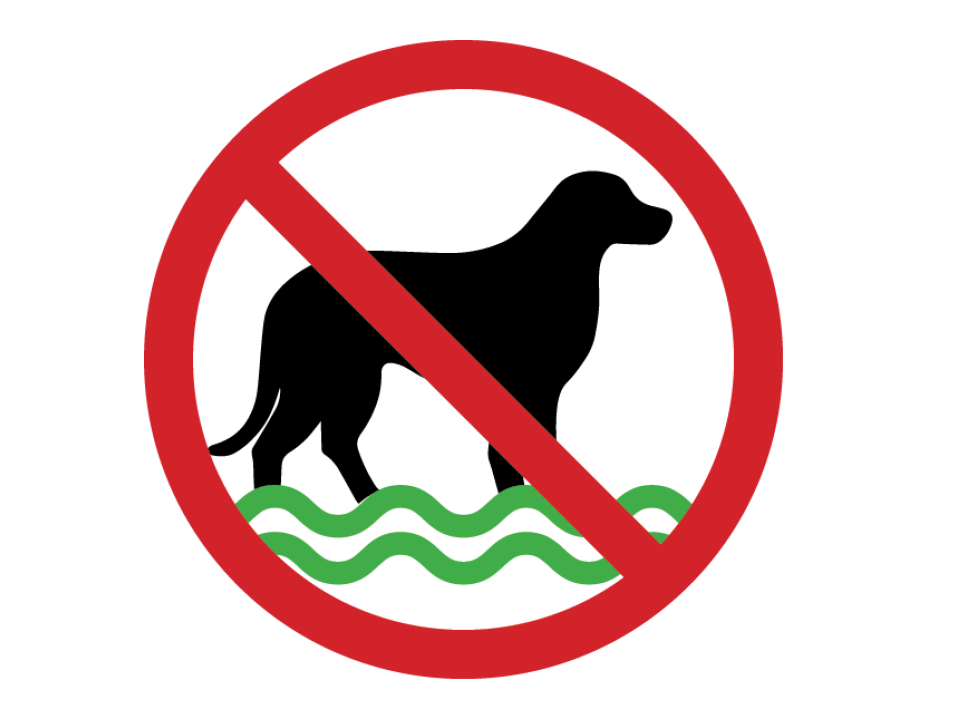
Pets

Shellfish
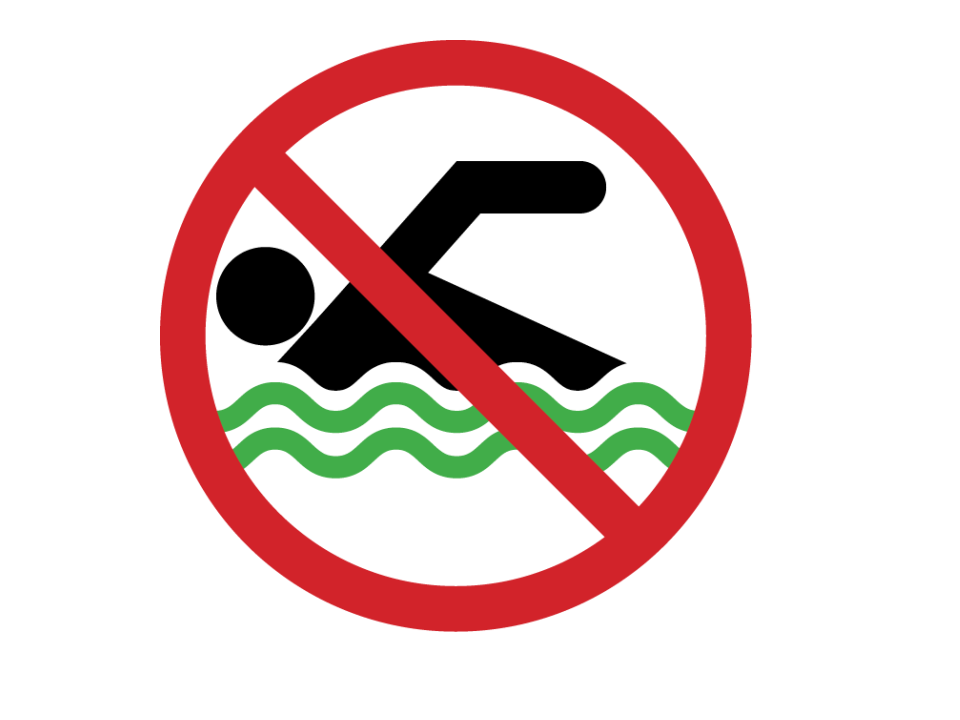
Swimming
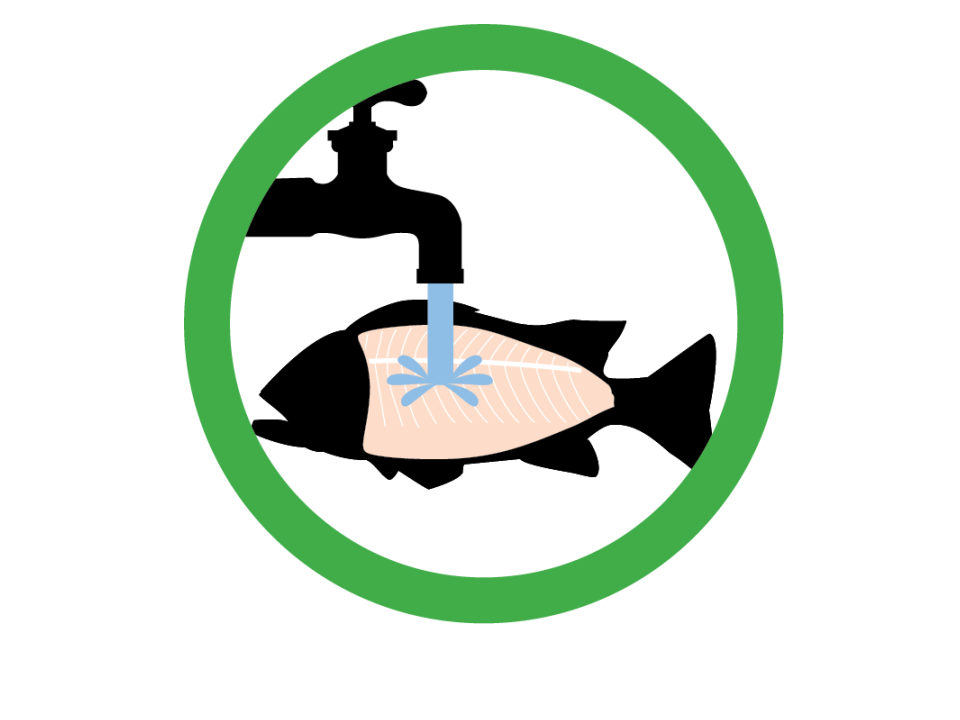
Fishing
Stay Informed
When in doubt, it’s best to keep out! Learn more about cyanobacteria by reviewing related materials and resources from trusted sources such as the Centers for Disease Control, the United States Environmental Protection Agency and more.
